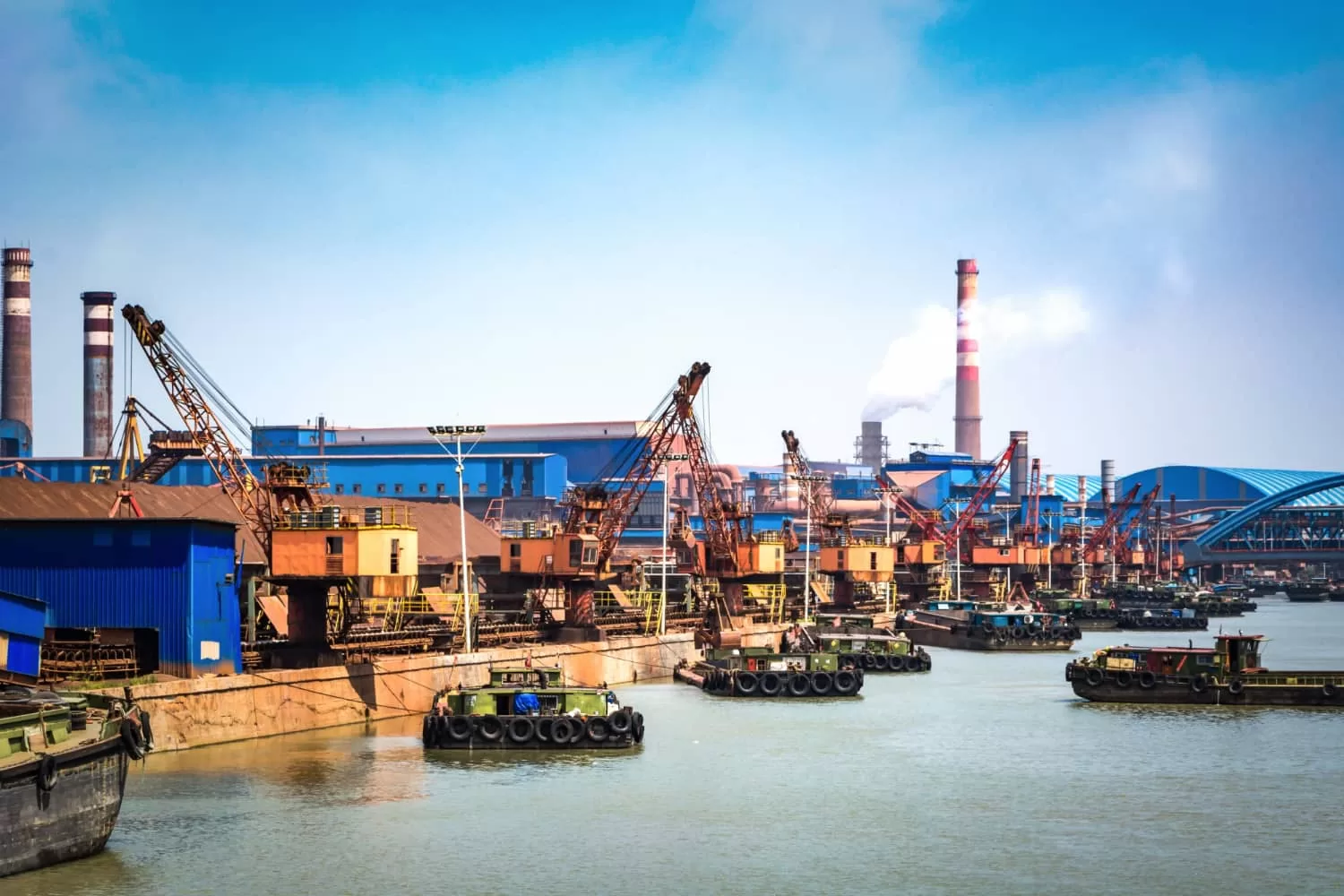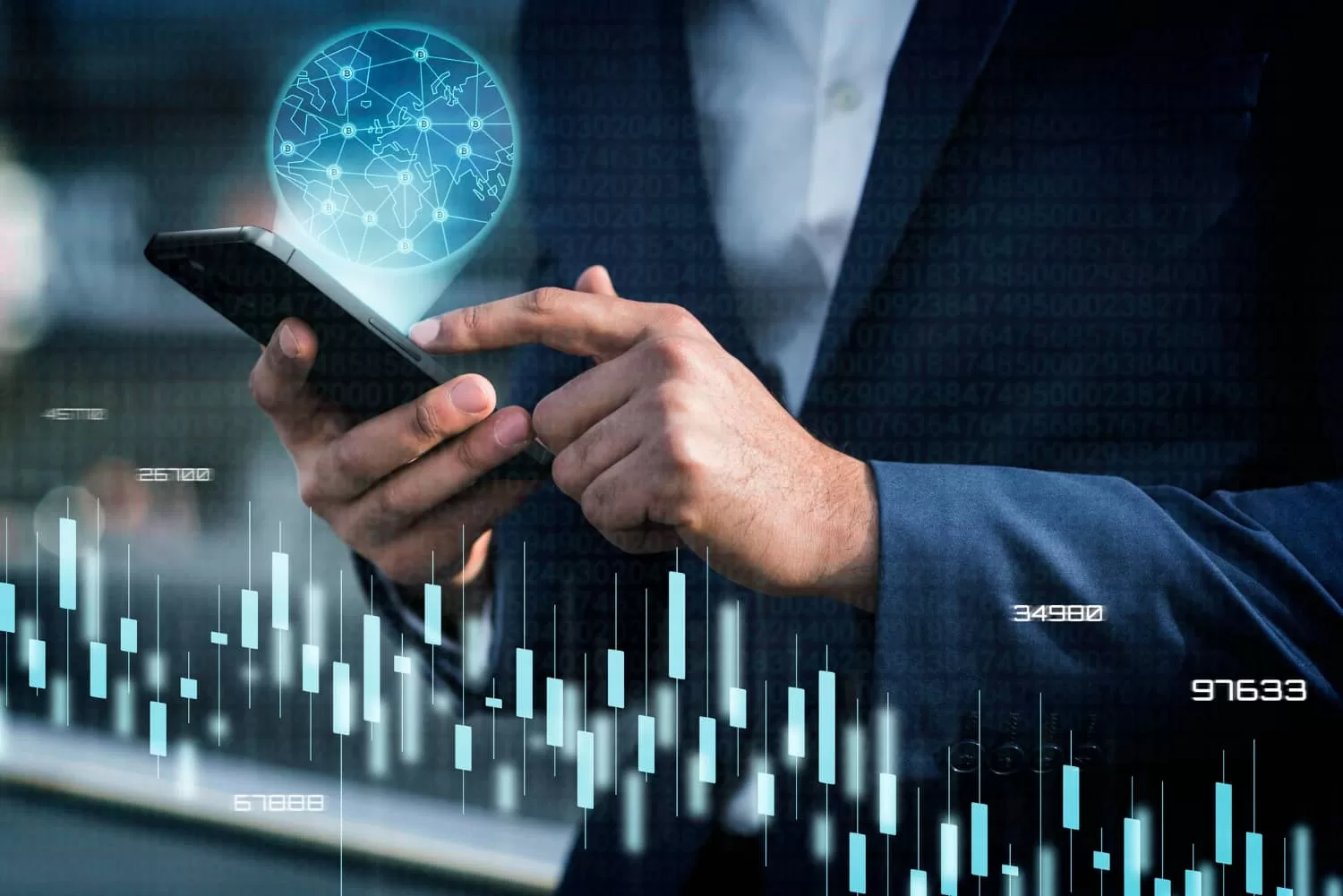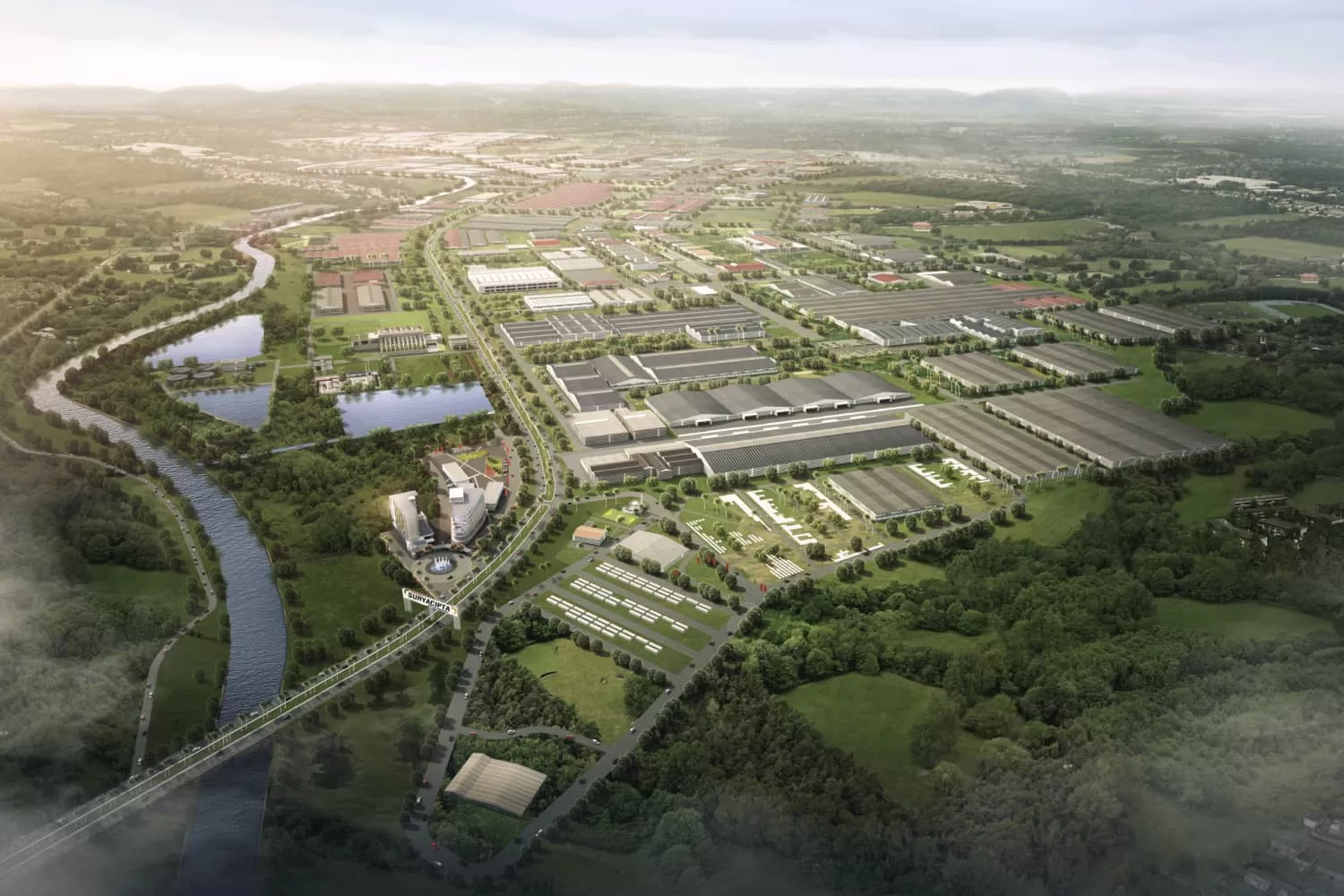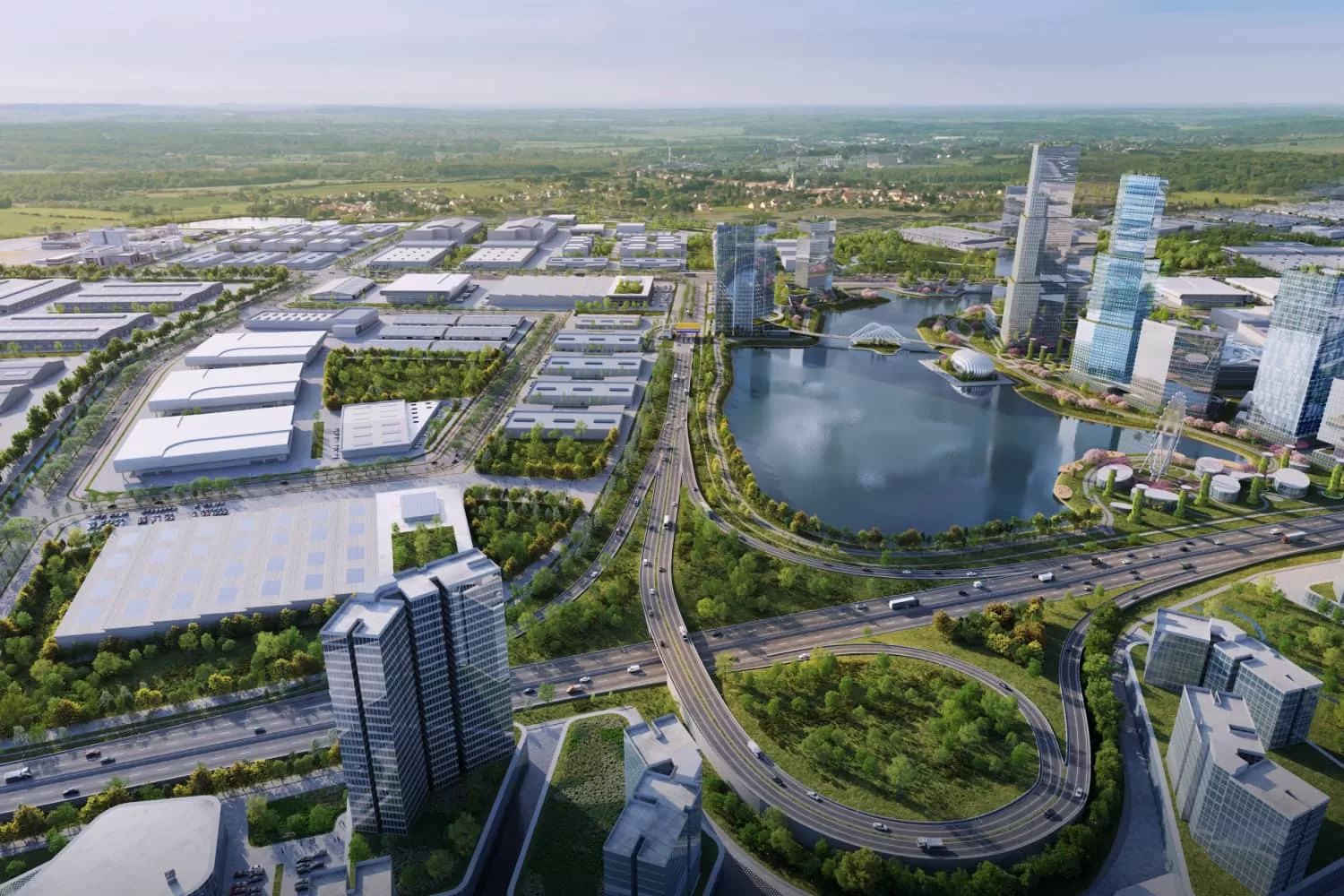Everyone’s watching Southeast Asia, but few truly understand the treasure beneath it, and fewer are seizing the opportunity. The rise of industries in Indonesia is already in motion. Indonesia is becoming a dominant GDP driver in Asia as the world shifts towards new supply chains, sustainability, and innovation hubs.
Read on to discover the real opportunities on top revolving industries in Indonesia.
Indonesia’s Economic Outlook 2025
Industries in Indonesia are on an upward trajectory. In the first quarter of 2025, Indonesia’s economy grew by 4.87% annually. According to various international forecasts, Indonesia’s nominal GDP in 2025 is estimated to reach around $1.430 billion. Ranked 17th globally by nominal GDP and 7th by Purchasing Power Parity (PPP).
Indonesia is also projected to become one of the world’s top 4 economies by 2045 if current growth trends and economic reforms continue. As a member of the G20, Indonesia actively joins global economic discussions and serves as a bridge between developed and developing Asia countries.
5 Top High-Performing Industries in Indonesia by GDP Contribution

Based on the latest data from Indonesia’s Central Statistics Agency (BPS), the top 5 high-performing industries in Indonesia by GDP contribution are:
1. Manufacturing
Contributes 19.25% to the GDP, making manufacturing the highest performing industry in Indonesia. It encompasses diverse sub-sectors such as food and beverages, textiles, electronics, automotives, and chemicals. This sector continues to post steady growth in export performance and domestic demand.
Manufacturing remains the largest GDP contributor because:
- Government support through the ‘Making Indonesia 4.0’ roadmap to accelerate digital transformation and automation.
- Increasing alignment with global demand for consumer goods and electronics.
- Increased use of renewable energy and ESG-compliant practices.
2. Wholesale and Retail Trade
At 13.22% of GDP, wholesale and retail trade are the second dynamic industries in Indonesia, hinting at Indonesia’s expanding middle class and rising domestic demand. This sector covers everything from traditional markets to modern trade and e-commerce platforms to connect local producers with both domestic and international buyers.
The steady growth in this sector is supported by:
- The rise in e-commerce, that is expected to reach $160 billion by 2030.
- Policies to improve logistics infrastructure and the digital payment system for efficiency and accessibility.
3. Agriculture, Forestry, and Fisheries
This sector accounts for 12.66% of GDP and recorded the fastest growth in Q1 2025 at 10.52%. Rich in natural resources and strong export base, Indonesia produces major global commodities like palm oil, seafood, coffee, and rubber.
Agriculture, forestry, and fisheries are among the most essential industries in Indonesia as it supported by:
- Strong demand for sustainable and high-quality palm oil, seafood, and rubber in the global market.
- Government incentives for agritech tools, improved logistics, and export diversification.
- A focus on eco-certifications to meet international sustainability standards.
4. Construction
Among all industries in Indonesia, construction has a greater direct impact, especially on mobility and connectivity. With a 9.84% share of GDP, this sector continues to support Indonesia’s infrastructure, from highways and ports to housing and commercial projects.
What drives its continued growth:
- National infrastructure programs like RPJMN and the development of the new capital city, IKN.
- Rising urban populations are driving the need for housing and public facilities.
- Greater integration into regional supply chains through improved transportation networks.
5. Mining and Energy
Making up 8.99% of GDP, mining remains one of the most strategic industries in Indonesia. This sector provides critical resources for the renewable technologies sector worldwide, as Indonesia is rich in coal, nickel, copper, and gold.
Key reasons for the sector’s continued importance:
- Indonesia is a global leader in nickel, supporting EV battery production.
- Government regulations promote local processing for higher value exports.
- Increasing ESG compliance is attracting long-term investment.
Key Trends and Opportunities for Investors

Here are high performing Indonesian industries key trends and where the next growth wave is expected to rise:
Digital Transformation
Indonesia’s digital economy is rising, with over 210 million internet users and e-commerce transactions expected to surpass $130 billion in 2025. Leading tech firms such as GoTo have achieved profitability and strategic partnerships with global players like Google.
The ecosystem for industries in Indonesia related to technology, including fintech, AI, and cloud computing, is gaining traction. The data center market is valued at $2.39 billion in 2024 and is expected to grow to around $3.79 billion by 2030.
Green Economy and Sustainability
Global goals to reach net zero emissions by 2060 have opened doors for green investment, including in Indonesia. Supported by JETP (Just Energy Transition Partnership) and rising international interest, clean energy projects are increasingly attracting investment.
Strategic downstream initiatives, especially in nickel processing for EV batteries, have made Indonesia a major part of the global electric vehicle supply. LG and Huayou Cobalt are already investing in the sector.
Infrastructure Development
Massive infrastructure projects, including the construction of the new capital city Nusantara, expansion of MRT systems, and improvements in ports and logistics, are transforming Indonesia’s connectivity. The government’s National Medium-Term Development Plan (RPJMN) prioritizes infrastructure to boost economic integration and reduce regional disparities.
Human Capital Investment
Education and training are being prioritized to build a more productive workforce capable of meeting the demands of advanced sectors like digital services, healthcare, and green manufacturing. Investors are increasingly drawn to opportunities in industries in Indonesia that benefit from an educated labor force.
Shape the Future of Indonesia’s Leading Industries at Subang Smartpolitan

Why complicate your entry into one of the fastest-growing economies? Industries in Indonesia are expanding, and Subang Smartpolitan is designed to make entry seamless, with:
- Fully integrated zoning in the future-ready sustainable ecosystem.
- Direct access to toll roads, ports, and airports to escalate distribution.
- Ready to launch with plug-and-play facilities.
You have easy access to top-performing sectors. Minimize risk. Maximize potential.
Explore Subang Smartpolitan now or reach us on WhatsApp to unlock opportunities in Indonesia’s most strategic industrial city.
FAQ
- Which industry is the largest contributor to Indonesia’s GDP?
The manufacturing sector is the largest contributor, accounting for approximately 19–21% of Indonesia’s GDP in 2025. It includes food and beverages, automotive, electronics, textiles, and chemicals.
- What are the main manufacturing hubs in Indonesia?
The primary manufacturing centers are on the island of Java, particularly in Jakarta, West Java, Central Java, East Java, and Banten. Industrial estates like Cikarang, Karawang, and Batam are key clusters attracting foreign investment.
- What role does foreign direct investment (FDI) play in Indonesia’s industries?
FDI is crucial for industrial development, especially in manufacturing clusters. The government’s liberalization policies and investment incentives have attracted significant foreign capital to sectors like automotive, electronics, and chemicals.
- How does Indonesia’s manufacturing PMI compare regionally?
In early 2025, Indonesia’s manufacturing PMI was higher than several regional peers including Taiwan, South Korea, China, and Thailand, indicating stronger expansion momentum in that period.
- How open is Indonesia to foreign investment?
Indonesia’s Positive Investment List allows 100% foreign ownership in over 200 business sectors, including e-commerce, energy, logistics, and healthcare. Some sectors have restrictions or require local partnerships, especially in media, transport, and certain traditional industries.

